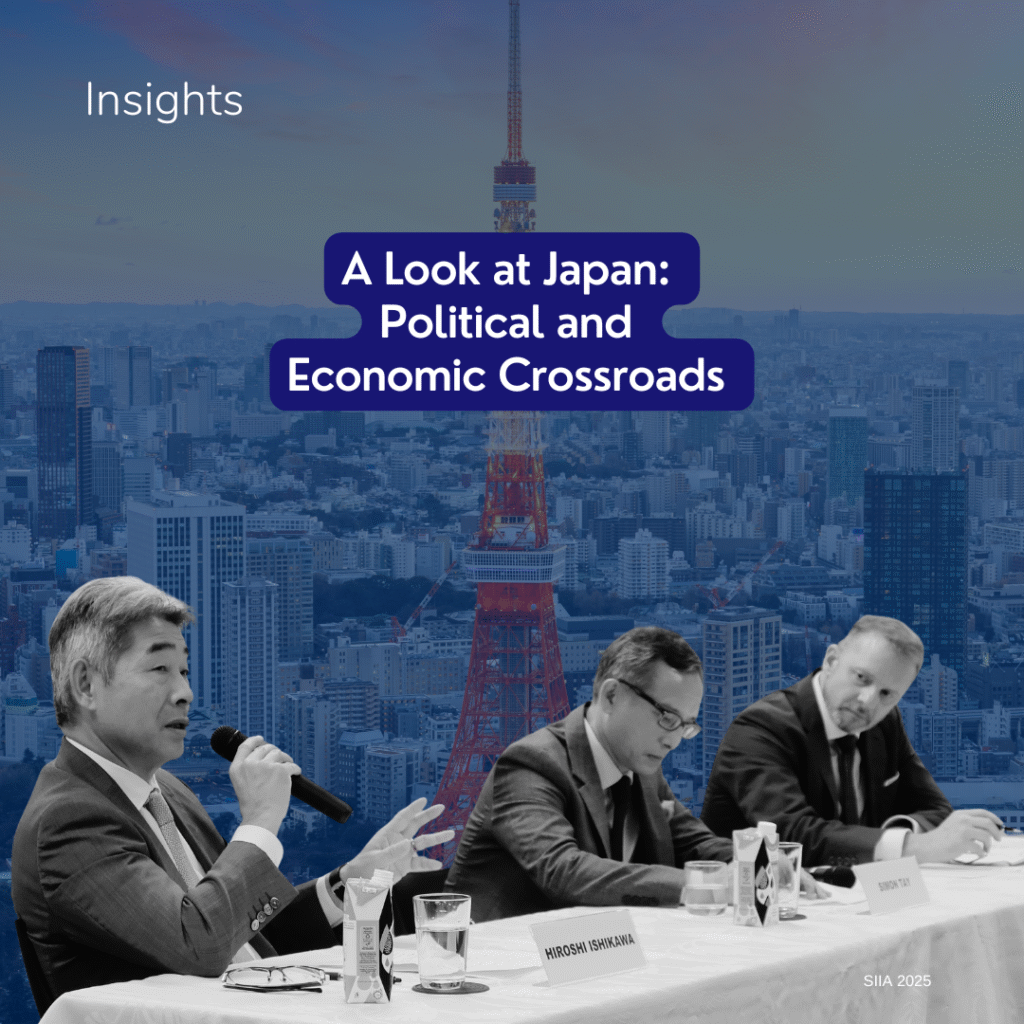The impact of the COVID-19 pandemic has spread far beyond public health. The economic impact caused by the pandemic is catastrophic. We are experiencing a global recession the likes of which has not been seen since World War II. On the international relations front, China and the US have pointed fingers, blaming each other for the pandemic. Other such as Australia and the European Union (EU) have also participated in this “blame game”. With the politicisation of the origins of this crisis, the COVID-19 pandemic has geopolitical impacts as well. On 22 July 2020, the Asia New Zealand Foundation (ANZF), Asialink and ISIS Malaysia, held the ASEAN Australia New Zealand (AANZ) roundtable to discuss the extent COVID-19 reshaped the world order.
Changing Global Order amid COVID-19
The panellists, including Associate Professor Simon Tay, Chairman of the SIIA, agreed that the full impact of COVID-19 on the strategic geopolitical balance will have to be seen, depending on the length of the pandemic. Nevertheless, certain changes can be seen. There has been an acceleration of trends already present. Sino-American tensions have intensified, with the political blame game on the origins of the virus on the international arena and this is expected to intensify with the upcoming US presidential elections in November 2020. This has the effect of narrowing the strategic space for small and middle powers, as they are being forced to choose between China and the US.
COVID-19 has also accelerated shifts in supply chains, as countries and companies see the effect of being too reliant on a single country or geographic location. Diversification and digitisation is the name of the game.
The face of diplomacy has been altered by COVID-19. With travel restrictions resulting in making face-to-face interactions almost impossible, leaders are unable to discuss sensitive issues, such as the South China Sea dispute. This is especially so for ASEAN, where personal connections are key in pushing the agenda and it only moves forward when consensus has been achieved.
What Can Small and Middle Powers Do?
“The powerful do what they will and the weak suffer what they must.” This is an oft-repeated ancient Greek adage that has been a fundamental tenet of international relations, especially for realists. Amidst the conflict of two giants, what can middle powers and ASEAN countries do? Are they doomed to suffer from the whims and fancies of China and the US?
The panellists agreed that even as the Sino-America conflict heats up, and effects are felt in various spheres including trade, technology, geopolitics, small and middle powers would seek to preserve as much strategic space as possible.
This would be done by not aligning completely with either China or the US, with small and middle powers charting their own paths. There was a consensus that this space could be enlarged by working on multilateralism to reinforce the global rules-based order such as through the Ministerial Coordination Group on COVID-19 convened by Canada. It was also proposed that trade could be revitalised by reopening travel bubbles between countries deemed safe.
Even as AANZ countries discussed the possible steps to take amidst the twin challenges of Sino-American tensions and COVID-19, they were cognizant of the key existential threat: climate change. Countries had taken their eye off the ball while dealing with the more immediate threat of the COVID-19 pandemic. Nevertheless, as the economy reopens post-COVID-19, there is a critical need to examine: how do we reopen our economies and fight climate change? This would be the next pressing challenge which is reliant on collective leadership.




